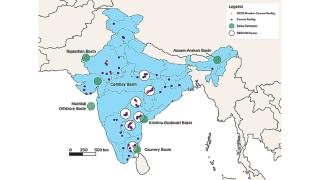LafargeHolcim’s leadership in reducing CO2 emissions in the cement industry is spurring the group to make additional investments and further lower such emissions going forward. Its commitment to alternative fuels and the company’s increasing use of them to replace traditional fuels is key to achieving its ambitious CO2 targets. By LafargeHolcim, Switzerland.
In 2015 over 15 per cent of LafargeHolcim’s thermal energy demand in clinker production was covered by alternative fuels (AF). With the group’s 2030 Plan, LafargeHolcim will reduce the use of natural resources and fossil fuels by transforming waste into resources for all the production processes.
Using waste-derived AFRs contributes significantly to LafargeHolcim’s sustainable development and economic performance. By fully recovering energy and material in the cement kiln process, the group mitigates against volatile energy costs, improves energy security and reduces production costs.
